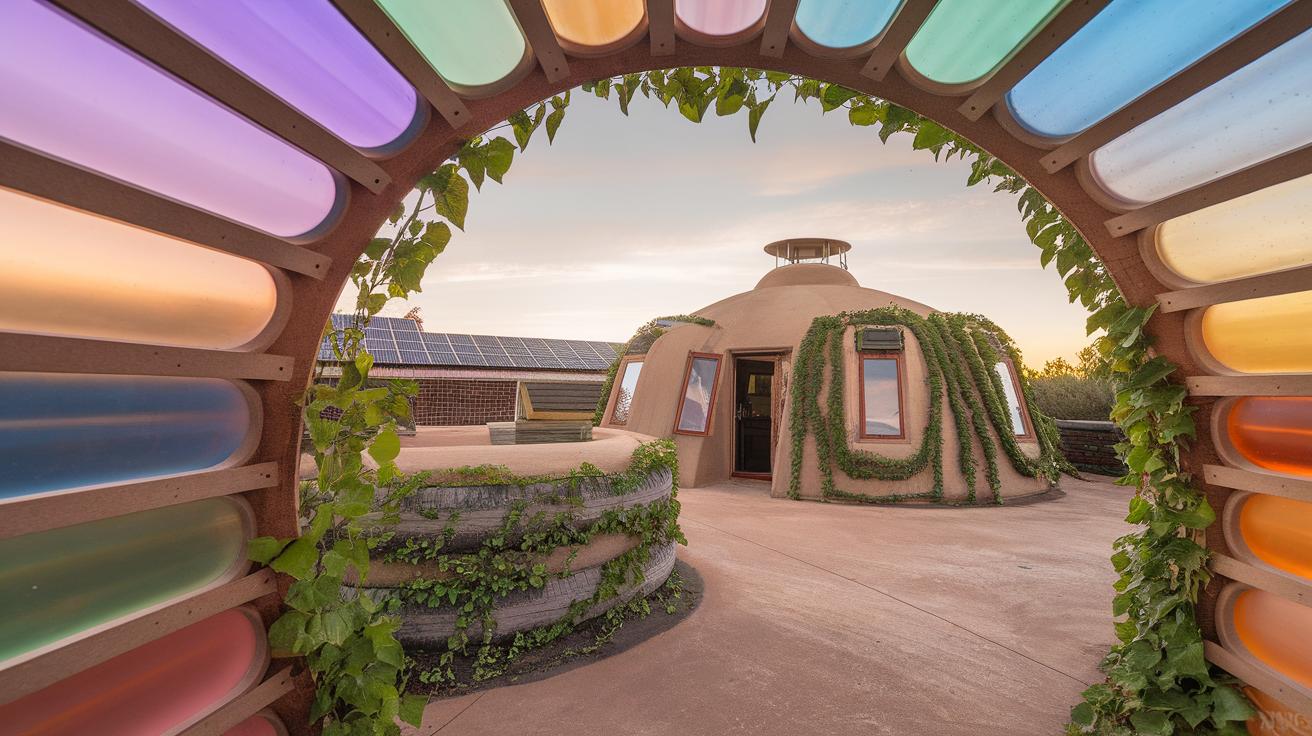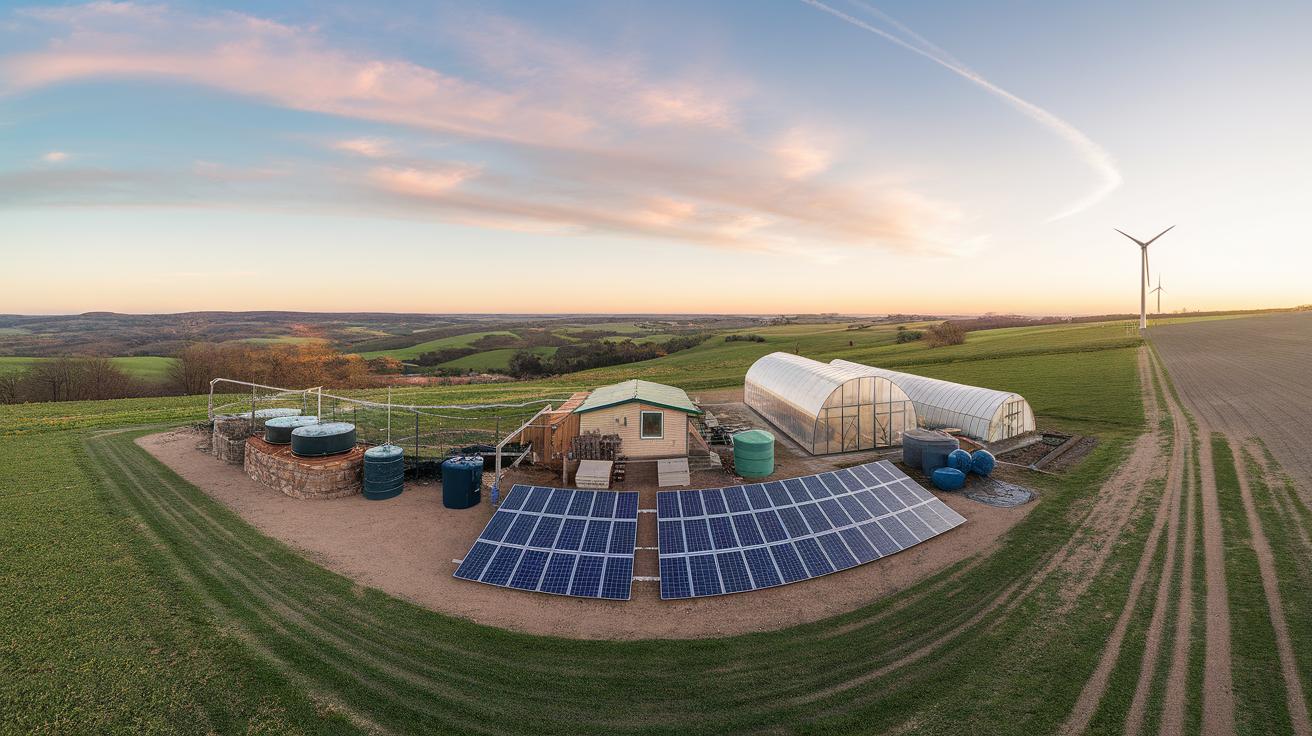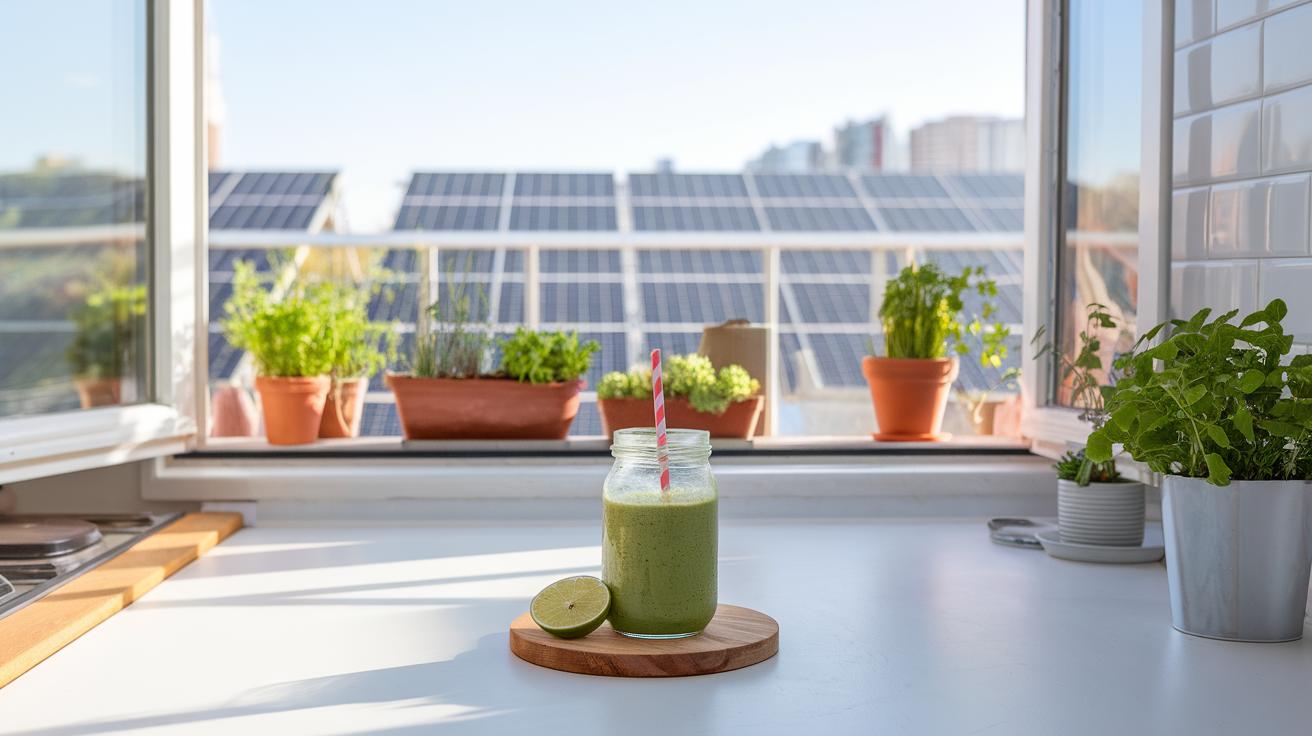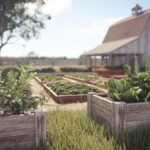Introduction
Earthship homes offer a practical way to live sustainably. These homes use natural and recycled materials to build shelter, power, water management, and even food production systems. Developed by Michael Reynolds, Earthships are designed to work off the grid, relying on the sun, rain, and recycled components. This approach creates homes that maintain comfortable temperatures throughout the year without relying on external utilities. Understanding how Earthships function helps you appreciate their design and purpose.
Building an Earthship home might feel challenging at first. However, the process focuses on simplicity, making it accessible even for those with no prior construction knowledge. Using recycled materials like earth-packed tires, bottles, and cans, you can create a strong, insulated structure. This guide will walk you through the main features of Earthship homes and show you how to use recycled materials effectively, enabling you to build a sustainable, autonomous home that suits your needs and minimizes environmental impact.
Understanding Earthship Architecture
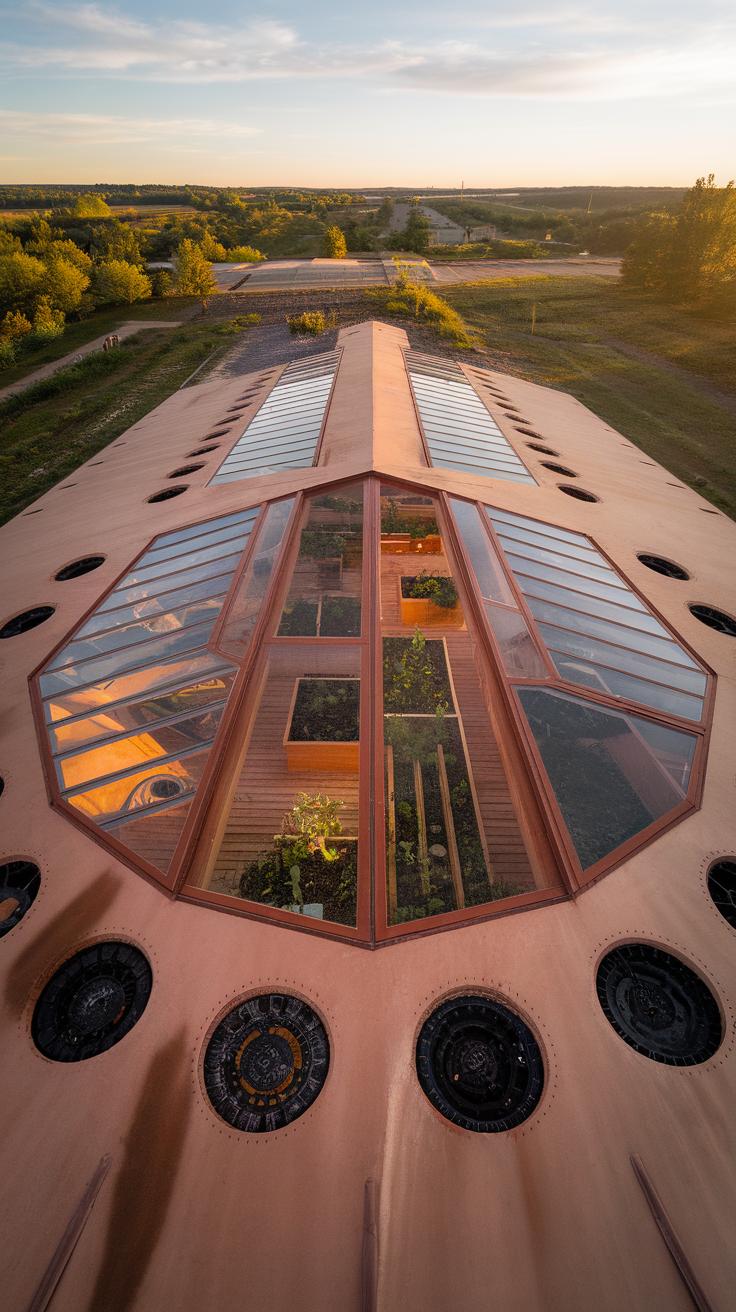
Earthship architecture creates homes designed to live in harmony with nature. Michael Reynolds developed this style to help people build homes that use recycled materials and require little to no outside utilities. These homes rely on off-grid systems for power and water, allowing you to live independently from city connections.
Earthships use passive solar design to capture and store heat from the sun, cutting down on fuel use. Large, earth-packed tires form sturdy walls. These act like thermal batteries, absorbing heat during the day and releasing it at night. Natural insulation and thermal mass help keep the indoor temperature steady year-round.
The design focuses on sustainability, reducing waste and energy use while using recycled materials wherever possible. Before you start building, understanding these features can help you grasp how Earthship homes support a sustainable lifestyle.
The Origin and Vision
Michael Reynolds began designing Earthships in the 1970s, aiming to create housing that anyone could build. He wanted homes that didn’t depend on power grids or water supply lines. His goal was to make homes affordable, eco-friendly, and easy to construct using local or recycled materials.
Reynolds saw Earthships as more than houses. They are solutions for people wanting to live with less impact on the environment. By using discarded tires, bottles, and cans, Earthships reduce waste and cost. This style gives you the power to control your resources while building a safe, comfortable home.
How might having control over your home’s energy and water change your daily life? That was the question driving Reynolds’ work.
Key Design Principles
Earthships rely on six main principles that create self-sufficiency. First, they use natural and recycled materials, like earth-packed tires and glass bottles, to build strong, insulated walls. Second, they capture solar energy for heating and cooling through smart building orientation and design.
The third principle focuses on renewable electricity, often generated with solar panels or small wind turbines. Fourth, Earthships harvest and store rainwater, creating a clean water supply without municipal connections.
Fifth, they treat wastewater on-site using natural systems that reuse water safely. Finally, Earthships grow food inside or around the home, providing fresh produce year-round. Each part works with the others to create a home that supports your independence.
Which of these principles excites you the most as you think about your own home?
Choosing and Preparing Recycled Materials
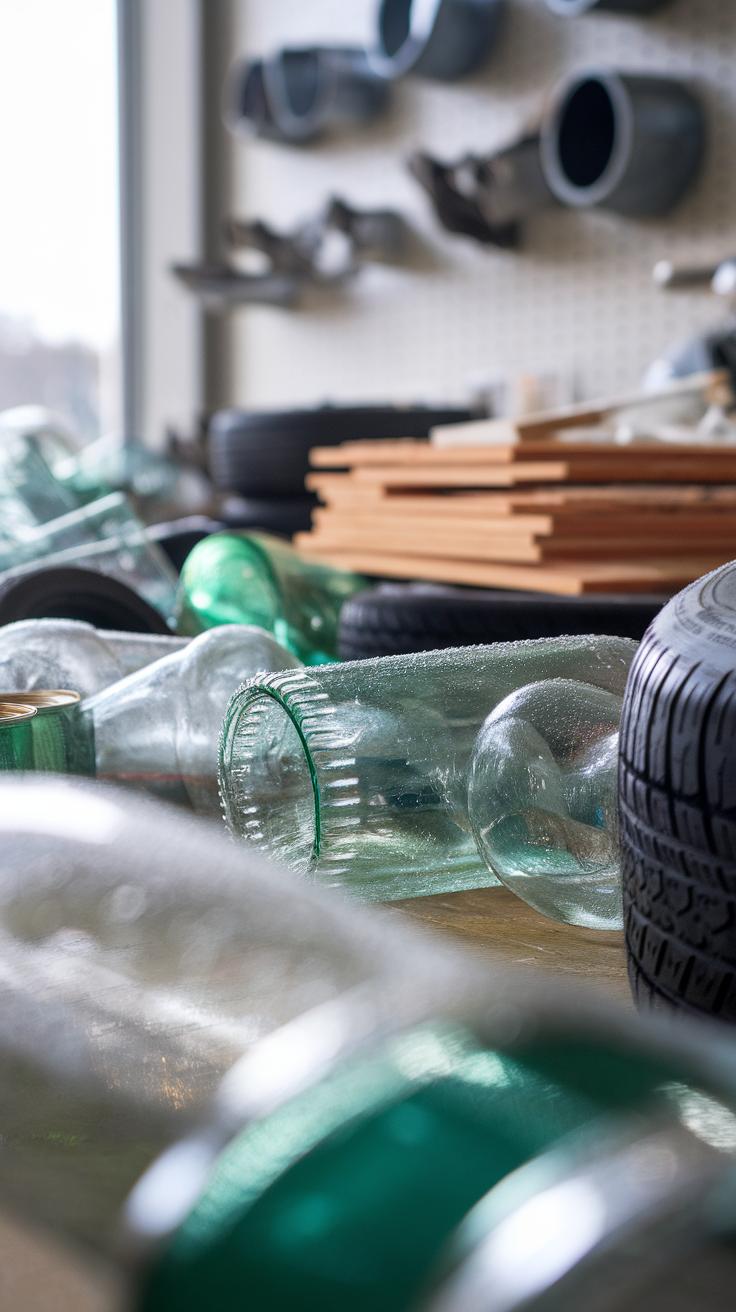
Types of Recycled Materials
Your choice of recycled materials shapes how your Earthship will perform. Used tires form the main building blocks for walls. You fill each tire tightly with compacted earth. This creates strong, heavy walls that absorb heat during the day and release it at night, stabilizing your home’s temperature.
Glass bottles and aluminum cans act as fillers inside walls. Their hollow shapes trap air, adding insulation. When embedded in concrete or mud, they also create colorful patterns and let in soft, natural light. This reduces energy use for lighting.
Reclaimed wood works well for framing, doors, and internal structures. Using wood salvaged from demolished buildings minimizes waste and reduces the demand for new lumber. Every piece you select impacts both your home’s strength and its environmental footprint.
Material Preparation and Safety
Preparing recycled materials carefully ensures your Earthship stays safe and durable. Start by cleaning all bottles and cans to remove dirt and labels. Check for cracks or sharp edges that could cause injury or weaken the wall.
Inspect tires for exposed metal or large cuts. Remove any debris trapped inside before packing earth tightly. Failure to do so can lead to structural problems.
For reclaimed wood, look for signs of rot, insect damage, or chemical treatments. Use untreated wood wherever possible. Sand rough edges and remove nails or screws to avoid hazards during construction.
Ask yourself: Have I tested these materials for contaminants? How will they hold up over time? Investing time upfront in proper cleaning and inspection will save issues later and create a safer, longer-lasting home.
Designing Your Earthship Layout
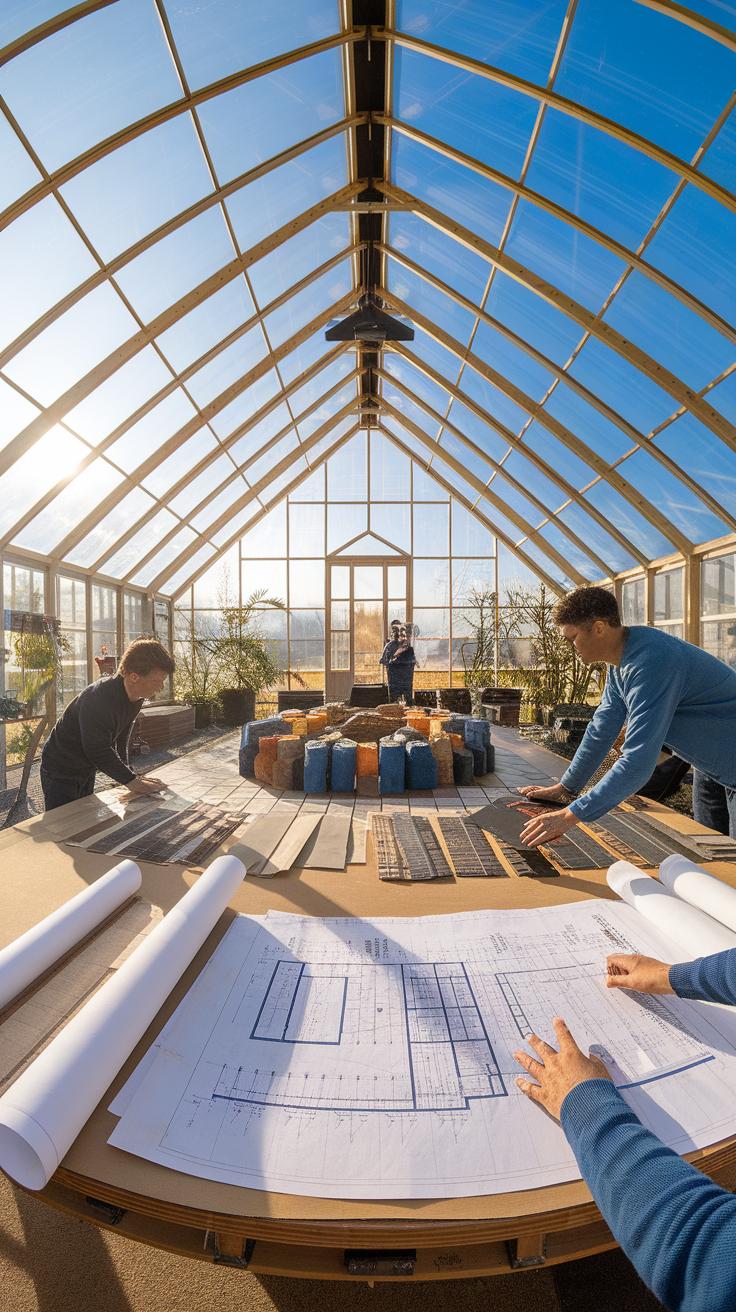
Every Earthship begins with a clear plan of its layout. The shape of your home plays a key role in how it captures sunlight and manages temperature. Many Earthships have a U-shaped design. This form helps trap warmth and light inside the living space during cooler months. Your layout should include large south-facing windows to collect solar heat and natural light. Depending on your location, orienting slightly east or west of true south can improve sunlight exposure throughout the day. Think about where you want each room to be in relation to these windows. The central open area can serve as a greenhouse or gathering place that benefits from sunlight, while the wings can house private spaces or utilities. This balance helps you use space effectively while harnessing nature’s energy.
Optimal Orientation and Shape
Choosing a U-shape or horseshoe layout is common in Earthship design because it captures sunlight efficiently. This shape creates a sheltered courtyard that lets you use your home as a solar heat collector. Pointing the open part of the U toward the equator—usually south in the Northern Hemisphere—maximizes sun gain. Small adjustments to face slightly east or west can work better depending on sunrise and sunset angles near you. You can experiment with tools like sun path charts or smartphone apps to find the best angle for your site. Consider how the Earthship shape wraps around outdoor space, protecting you from strong winds while greeting sunlight in the morning and evening.
Functional Space Planning
Divide your Earthship into zones based on daily activities to keep the space comfortable and practical. Position living areas and kitchens near the sun-facing windows to enjoy warmth and daylight. Bedrooms can be tucked into the wings where temperature changes are less severe. Place utility rooms, storage, or bathrooms in the back or shaded parts of the home. Ensuring good airflow helps maintain fresh air and prevents dampness. Use vents, skylights, or clerestory windows to promote natural ventilation. You might also arrange openings to catch cross-breezes in warmer months. Planning your rooms around these principles helps your Earthship feel like a healthy, inviting home that works with the environment. Have you thought about how your daily habits will flow naturally within your layout?
Building Earthship Walls and Insulation
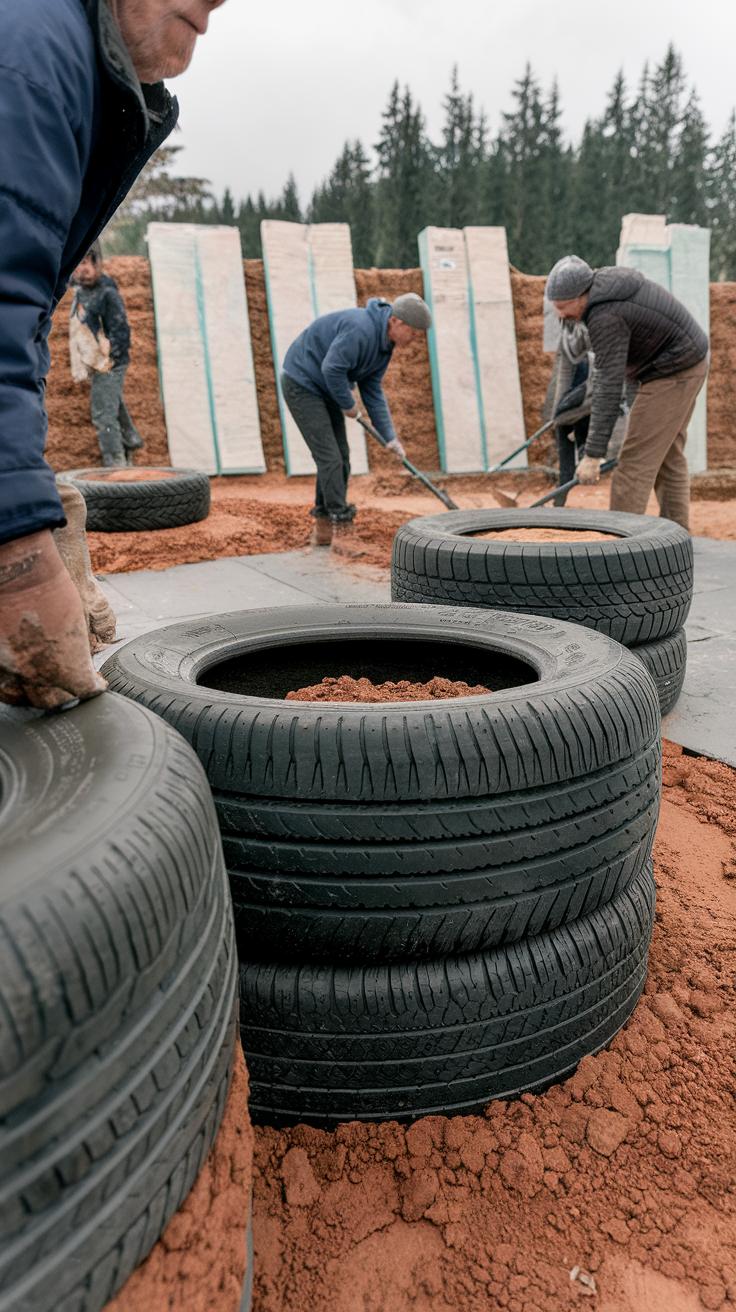
Earthship walls use recycled materials to create strong, energy-efficient structures. The main feature is filling old tires with earth, shaping dense, heavy walls. These thermal mass walls absorb heat during the day and release it at night, keeping your home at a stable temperature. You stack these earth-filled tires row by row, creating thick, solid walls that provide both strength and insulation.
For lighter interior walls, glass bottles and cans come into play. These materials add insulation and decorative appeal when embedded in plaster or cement. The bottles let light filter through, brightening your space, and the cans contribute to insulation by trapping air. Sealing the walls with a durable finish protects them from weather and wear. This combination makes your Earthship home both functional and inviting.
Constructing Thermal Mass Walls
Start by gathering used tires and clean earth or clay soil. Pack the soil tightly inside each tire using a sledgehammer or tamper. Make sure the earth is compressed well to eliminate air pockets. Once filled, stack the tires in a staggered pattern like bricks, pressing the tires firmly together for stability.
The thick tire walls form a dense barrier that slows heat transfer. This means your home stays warm in winter and cool in summer. The tires also resist damage from wind and rain. Building these walls takes time and teamwork, but the result is a sturdy thermal mass that regulates temperature naturally and lowers your heating and cooling needs.
Insulating and Decorating with Recycled Materials
Use glass bottles, aluminum cans, and other lightweight recycled items to create insulation inside your Earthship walls. Place these materials inside forms and cover them with plaster or natural cement. The trapped air inside bottles and cans adds insulation value, reducing heat loss through interior walls.
Clever placement of colorful glass bottles can turn walls into artistic light features. Arrange bottles by color or shape to capture sunlight and brighten your rooms without electricity. The plaster or cement secures everything in place and forms a smooth, durable surface. This technique keeps your home insulated and provides a unique, personal touch to your living space.
Installing Renewable Energy Systems
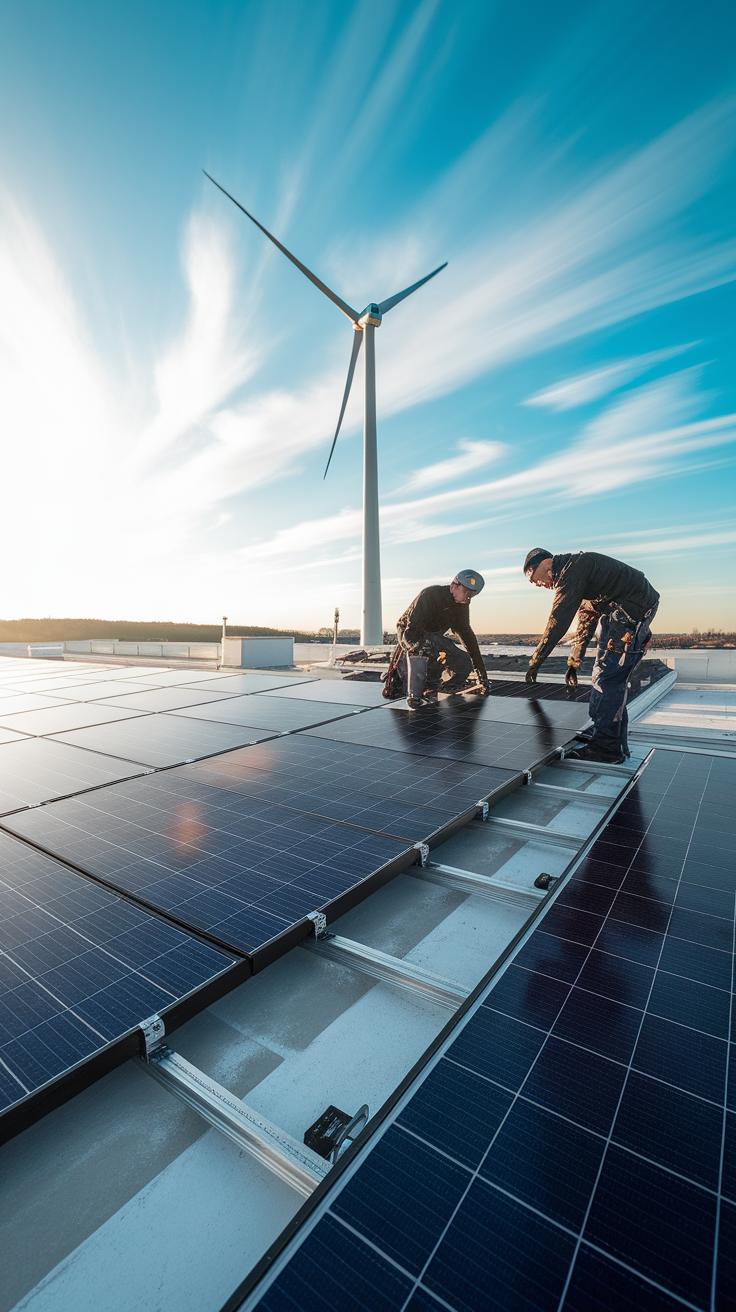
Your Earthship relies on renewable energy to stay self-sufficient and off-grid. Solar panels are the most common way to power your home. Some projects also add wind turbines, especially in areas with steady wind. Both systems convert natural energy into electricity that runs your appliances and lighting.
Choosing the right size depends on your daily power needs. Start by listing everything you’ll use—from lights and pumps to refrigerators and computers. Add up their watts and estimate how many hours each runs per day.
Batteries store this energy for when the sun isn’t shining or the wind isn’t blowing. Think about how many days of backup power you want. This helps calculate the number of batteries needed. Balancing energy production with consumption keeps your home running smoothly.
Ask yourself: How much power do I really use? How much sunlight is available year-round? Answering these guides your system’s design and keeps your Earthship alive on renewable energy.
Harnessing Solar Power
Photovoltaic panels capture sunlight and turn it into electricity. Position your panels facing true south (in the Northern Hemisphere) to gather the most sun throughout the day. The ideal tilt angle matches your latitude for maximum year-round output.
Panels mount on rooftops or ground racks sturdy enough to handle wind and weather. Wire them together in series or parallel to fit your voltage needs. Use quality connectors and keep wiring tight to avoid energy loss.
If you live somewhere cloudy, you may need more panels to compensate. Solar power depends on direct sunlight, so trimming nearby trees or avoiding shade is crucial. Where space allows, oversize your array slightly to cover unexpected cloudy days.
Energy Storage and Management
Batteries store electricity so you have power at night and on cloudy days. Lead-acid and lithium-ion are common options, with lithium lasting longer and needing less maintenance.
Keep battery banks in a cool, dry place to extend their life. Charge controllers regulate battery input and prevent overcharging, protecting your investment.
Managing how you use energy matters. Turn off appliances when not in use. Shift heavy power use like laundry or cooking to sunny daytime hours when your system produces the most.
Monitor your battery levels and consumption daily. This will help you spot issues early and adjust habits. What could you do differently if you tracked your home’s energy like this?
Managing Water and Waste Sustainably
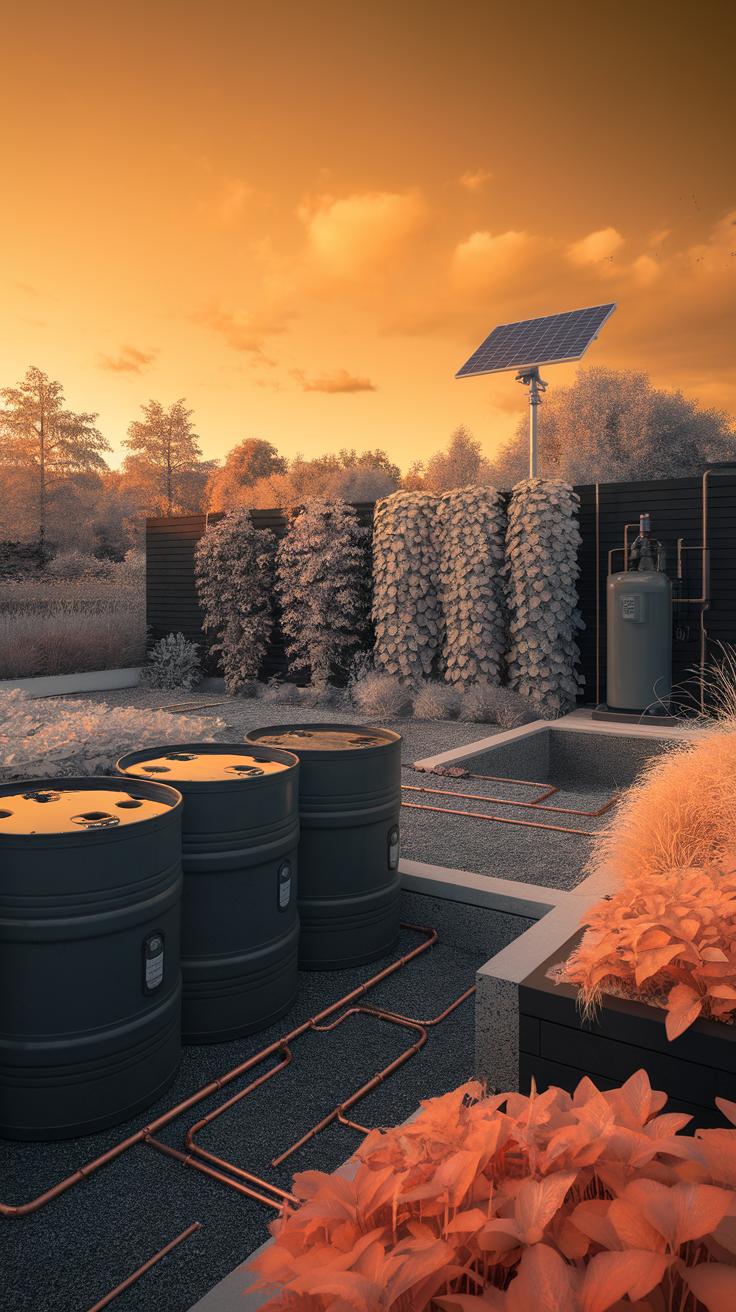
Your Earthship home functions as a closed-loop system that manages water and waste carefully to reduce environmental impact. These homes collect rainwater directly from the roof, storing it in large cisterns below ground to supply your household needs. You’ll find this setup captures significant amounts of freshwater even in arid climates.
Greywater from sinks, showers, and laundry moves into indoor botanical cells. These plant-filled areas naturally filter and clean the water, allowing safe reuse for irrigation inside and outside your home. This system cuts down on your water consumption and supports your indoor gardens.
Sewage treatment in Earthships often uses constructed wetlands or septic tanks designed to decompose waste safely on-site. This process reduces pollution and returns nutrients to the earth. Maintaining these systems properly means you won’t rely on traditional sewage infrastructure, encouraging real water independence.
How will managing water on-site change your view of resource use? The Earthship’s water system challenges you to rethink waste as a resource instead of a problem.
Rainwater Harvesting and Storage
Earthships collect rainwater through angled, metal roofs that channel water into gutters connected to storage tanks. These cisterns are usually buried to keep water cool and prevent algae growth. You’ll want to size tanks based on your family’s needs and local rainfall patterns to avoid shortages.
Water passes through simple filters that remove debris before entering storage. At the point of use, finer filtration or UV systems can ensure your water is safe to drink. Checking filters regularly keeps water fresh and your system working efficiently.
If you think about it, every drop harvested means less reliance on external water sources. How might this change your daily water habits and conservation efforts?
Wastewater and Sewage Treatment
Greywater from your home flows into indoor botanical cells, where plants like reeds and bamboo absorb and break down contaminants. This natural filtration allows you to reuse water for indoor gardens or exterior landscaping. The plants thrive on nutrients from the water, creating a living waste treatment.
For sewage, many Earthships rely on constructed wetlands or septic systems that use soil microbes to decompose solid waste safely. These systems prevent groundwater contamination and avoid expensive sewage hookups. Maintaining healthy wetlands ensures effective waste breakdown and protects your local environment.
These methods give new life to water and waste, closing the loop inside your Earthship. What benefits do you see in handling all waste on your property instead of sending it away?
Growing Food Within Your Earthship
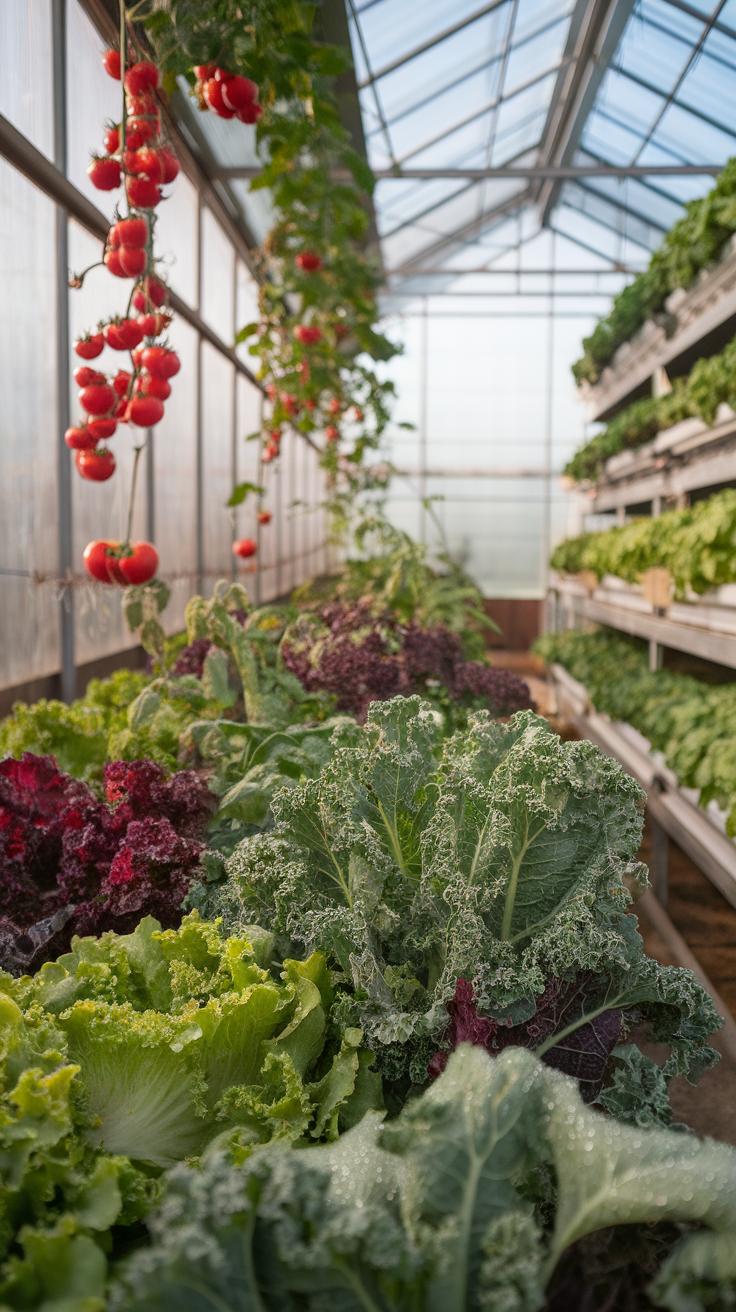
You can create a thriving food garden inside your Earthship by using its unique design features. Earthships often include sun-facing greenhouse spaces that capture natural light and warmth, providing an ideal environment for growing plants. These zones use soil beds built from recycled materials like old tires filled with earth, or containers repurposed from household waste. Growing food indoors this way offers fresh vegetables year-round while reducing your reliance on outside resources.
Hydroponic systems work well too, using nutrient-rich water instead of soil. This approach saves space and water, letting you cultivate leafy greens and herbs even in smaller greenhouse areas. Incorporating edible plants into your living space keeps your diet fresh and supports the sustainability goals of your Earthship.
Designing Indoor Gardens
Place your garden in the south-facing greenhouse area of your Earthship to maximize sun exposure. Soil beds made from compacted recycled tires allow roots to spread and hold moisture. You can also use old buckets, barrels, or wooden crates as planting containers, reducing waste while growing food.
Choosing the right plants for indoor garden beds or containers is key. Start with leafy greens, tomatoes, peppers, or herbs that grow well in controlled environments. Mixing soil with compost from your Earthship’s waste systems improves fertility. Using vertical planters may also help maximize space.
Maintaining Year-Round Food Production
Managing water flow from your Earthship’s greywater system ensures plants get clean, filtered moisture without waste. Use transparent roofing or panels in your greenhouse to keep the space warm in winter and ventilate it in summer. Air circulation avoids mold or overheating that can damage crops.
Adjust grow lights or reflective surfaces if sunlight is limited during shorter days. Track temperature inside your garden closely; many vegetables thrive best between 60 and 80 degrees Fahrenheit. Consider insulating your garden on chilly nights to protect crops.
Regularly check soil moisture, and prune plants to encourage healthy growth. How could integrating indoor food production change your Earthship living experience? Growing your own food inside is not only practical but enhances your connection to sustainable living.
StepbyStep Construction Basics

Preparing the Site and Foundation
You need to choose a flat, stable spot with good sun exposure for your Earthship. The location affects how your home stays warm and dry. Avoid areas prone to flooding or heavy shade. Clear the ground of rocks, roots, and debris. Compact the soil to create a solid base.
The foundation must support heavy earth-packed walls. A gravel or rubble trench foundation works well. It drains water away and reduces shifting. Pour a concrete stem wall above this trench to keep tires dry. This wall should be level and follow your home’s footprint exactly.
Plan for drainage and site drainage slopes to prevent water damage. Check local codes for foundation rules. Taking time here saves headaches later. Have you mapped how sunlight will hit your home throughout the day?
Wall Building to Finish
Stack each tire one at a time. Fill tires tightly with packed earth using a sledgehammer until fully compacted. Check every tire for firmness before adding the next layer. This process can take several weeks depending on the size of your Earthship and helpers.
Install windows in framed openings as you build up the walls. They bring natural light and heat. Make sure windows seal tightly against air leaks. Roofing comes after walls reach desired height. Use recycled metal or wood beams covered with insulation and waterproof layers.
Finish walls with plaster made from natural clay, sand, and lime. Apply several coats, letting each dry fully. Patience during this stage prevents cracks and peeling. You might want to paint with low-VOC natural paints to protect plaster and add color.
Quality control is key at every step. Check alignment, compactness, and seals often. How will you organize materials and time to keep the project moving steadily? Building with recycled materials takes effort, but the result connects you to the Earth and your home for years to come.
Conclusions
Earthship homes represent a practical example of sustainable architecture. They combine natural principles with recycled materials to create efficient, self-sustaining shelter. By understanding and applying Earthship concepts, you reduce reliance on traditional utilities and fossil fuels. This approach fosters environmental responsibility and offers a unique living experience close to nature. The focus on thermal mass, solar energy, water harvesting, and waste treatment ensures your home operates smoothly while respecting natural resources.
Building your Earthship home using recycled materials is a meaningful way to contribute to sustainability. The materials and design choices prioritize durability and ecological balance, while also allowing for flexibility in construction. Whether you are motivated by environmental concerns or independence from the grid, Earthship homes provide a viable option. Taking on this project requires planning and effort, but the rewards include a comfortable, eco-friendly living space designed with both function and sustainability in mind.


